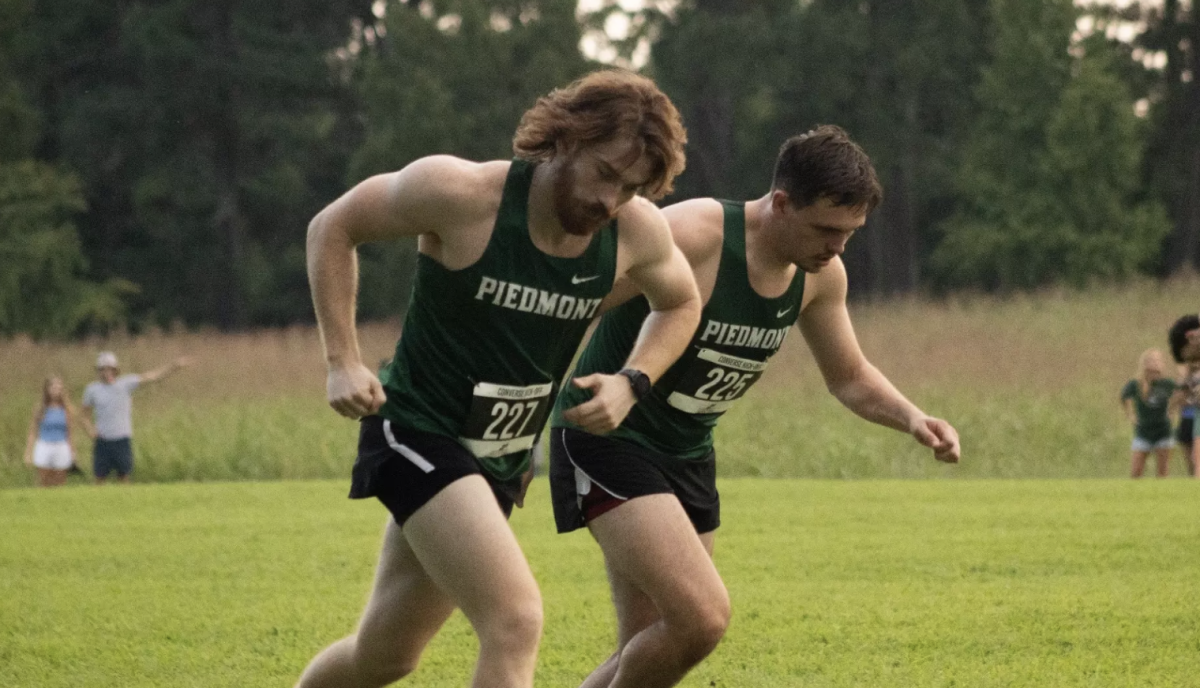Mental and physical therapy’s prevalence in professional sports has grown in recent times. With the frequency of injuries in sports like soccer, basketball, football and others, it is no surprise to see physical therapy have such a large role. What has seemingly gone unnoticed, however, is the usage of mental therapy and psychology in sports.
Many people visit therapists or psychiatrists as part of their normal routine, and athletes are no different. The average professional athlete is at high risk of performance-related scrutiny in today’s sports, so the usage of this therapy can prove vital. Many teams employ therapists and team psychologists on their staff.
The best professional athletes such as Tom Brady, Michael Jordan, Derek Jeter and Tiger Woods, have been in great physical shape to perform their best. While physicality is vital, another common theme among the all-time greats is their mentality and their strong mindsets while going about their work.
These athletes could not have developed these strong mindsets alone. Whether it was extrinsic motivation, family and friends or team staff, the best athletes have been able to find a way to strengthen their minds just as well as their bodies. Team staff such as physical and mental therapists often go undervalued in the grand scheme of things, but their impacts are very important.
In Netflix’s recent documentary series titled “Quarterback”, a series chronicling three NFL Quarterback’s daily routines throughout the long NFL season, Minnesota Vikings Quarterback Kirk Cousins can be seen spending time with a team psychiatrist. Cousins, a pro’s pro, is a key example of an athlete who takes their mental state just as seriously as their physical shape. This example also makes you think of the amount of athletes who are not on camera that use therapy as part of their preparation.
Throughout the entirety of this series of articles, athlete’s mental health remains the focal point. In acknowledging the usage of mental therapy, one can ponder whether this contributes to the relatively small number of athletes who have addressed mental illness publicly.













